
_6570afdfd1e4b.jpg)
Discovering Iceland's winter and glaciers with Steven Castellan Bronson
What is winter like? The real winter, the one that in Italy - unfortunately - we hardly know anymore?
To remind us, with his beautiful photographs and stories, is Steven Castellan, aka 'Bronson'. For three years now, Steven has been living and working as a glaciological guide on the island of ice, Iceland, and it is from there that he sends us his snapshot of the coming winter...
"What is winter like in Iceland? Right now, for me, it is blue, indigo blue. It's the colour the glaciers take on at the beginning of the coldest season, when the big snowfalls haven't come yet but the temperatures plummet below zero and the ice becomes crystal clear, transparent, letting the light through and returning it with these incredible shades. A crazy, beautiful thing! You want to be out there exploring all the time... too bad the hours of light are so few!
_1.jpg)
Extreme temperatures, very short days. Maybe it's the school memories of Leopard's 'Dialogue of an Icelander with Nature', but it doesn't sound like an idyllic place to live...
"For someone who, like me, has always been a lover of the wilderness and contact with the wildest nature, this is paradise! The Icelanders for their part are perfectly at ease: everything here is designed to cope with such a harsh climate. Almost all cars are off-road, equipped for winter with studded tyres and chains, while the road cleaning and maintenance services are super-efficient, so bad weather does not interfere much with daily life. Of course, even here there are sometimes extreme events: last year, at the beginning of December, a sudden blizzard brought two metres of snow in a few hours, followed by a sharp drop in temperatures. The road service did not even have time to spread salt and the snowploughs themselves were blocked. For a few days, everything came to a standstill: everyone stayed indoors! I and my team of glaciological guides were also stuck, but we consoled ourselves by watching a few videos on YouTube... about glacier exploration, of course!
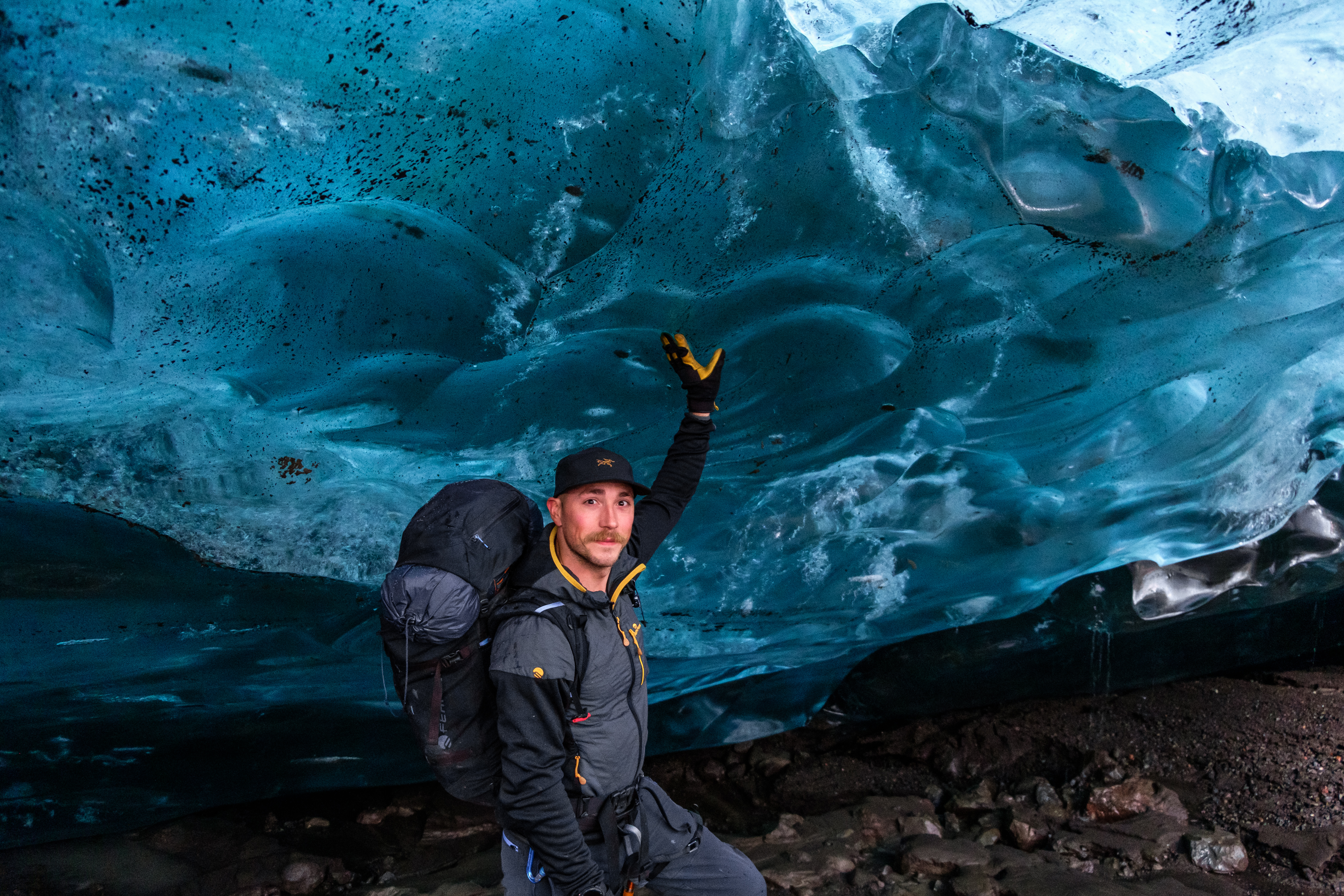
Appropriate question at this point : Steven, how did you end up in Iceland?
"It's a story that goes way back. I was born in Bassano del Grappa and, having the Dolomites on my doorstep, I have always loved outdoor activities. More than the sports performance aspect, what has always intrigued me is exploration, the adventure experienced in the most remote and wild places. Alongside this passion, I cultivated those for photography and music, and took a degree in sound engineering. But it has always been a love of adventure and wilderness that has guided my life choices. After graduation I decided to work first as a welder and then as a laser-cutting technician, jobs that had nothing to do with my studies, but which left me free time to devote to my ‘escapades’. Working the first shift in the factory, I always had afternoons off and Friday, starting at one o'clock in the afternoon, was already the weekend for me. Time for climbing, kayaking, ice climbing and a thousand other things. Above all, time to devote to wild 'camps', like the one we organised in the Pale di San Martino during the days of the blackbird: fantastic days and nights at -33 degrees, but we were well prepared and equipped and we enjoyed them to the full!
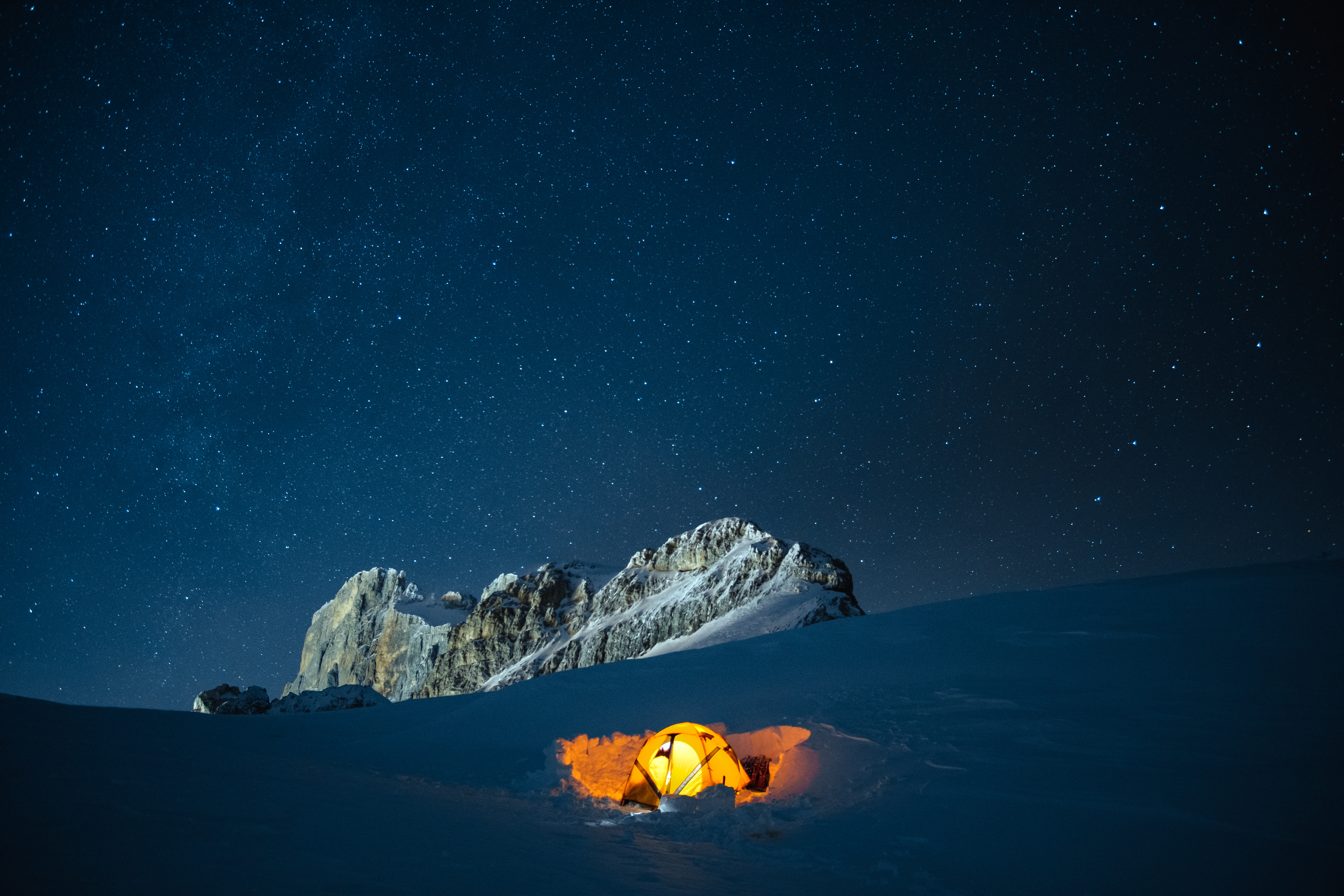
The turning point, however, was a bike trip in 2018...
"Exactly! However much free time my job left me, at some point I felt the weight of routine. Ever since I was a child, I would leaf through National Geographic dreaming of travelling to the most distant places: Alaska, New Zealand, Japan, the countries of Northern Europe... At some point I realised it was time to go. I chose a destination and a type of trip that was within the reach of my experience and my pockets, so I set off for Iceland, to cycle solo around the island. Before leaving, I quit my job: I didn't want it to be a 'deadline' trip, with a return date already set; I needed to take as much time as I needed to fully savour this new experience. In the end, I was on the road for two months. Two fantastic, crazy months! Two months of meeting extraordinary people, cyclists and hikers even crazier than me. Then magical moments like when I found myself pedalling in the middle of nowhere, side by side with a group of galloping horses... Two months of continuous opportunities to ignite the flame of my passion for photography: at every kilometre there was something worth stopping and shooting for! Finally, the glaciers: huge, imposing, mysterious! They often marked the horizon of the stages of my journey: they seemed to be there, within reach, yet I would grind away for kilometres and they would never get closer. A sign of the immensity of the spaces that can be experienced in Iceland.
.jpg)
When did you have your first close encounter with the Icelandic glaciers, which later also became your workplace?
"It was at the very end of this trip. Back in Reykjavík, after having completed the circumnavigation by bicycle, I decided to take advantage of the time remaining before returning to tackle the Landmannalaugar-Þórsmörk, one of the most incredible treks on the island, which winds for seventy kilometres in the Fjallabak nature reserve, in the presence of the Eyjafjallajökull and Mýrdalsjökull glaciers. In front of this immense and wild beauty I felt clearly that this was the place I wanted to be. When I returned to Italy, I already knew that I would not go back to my former life.
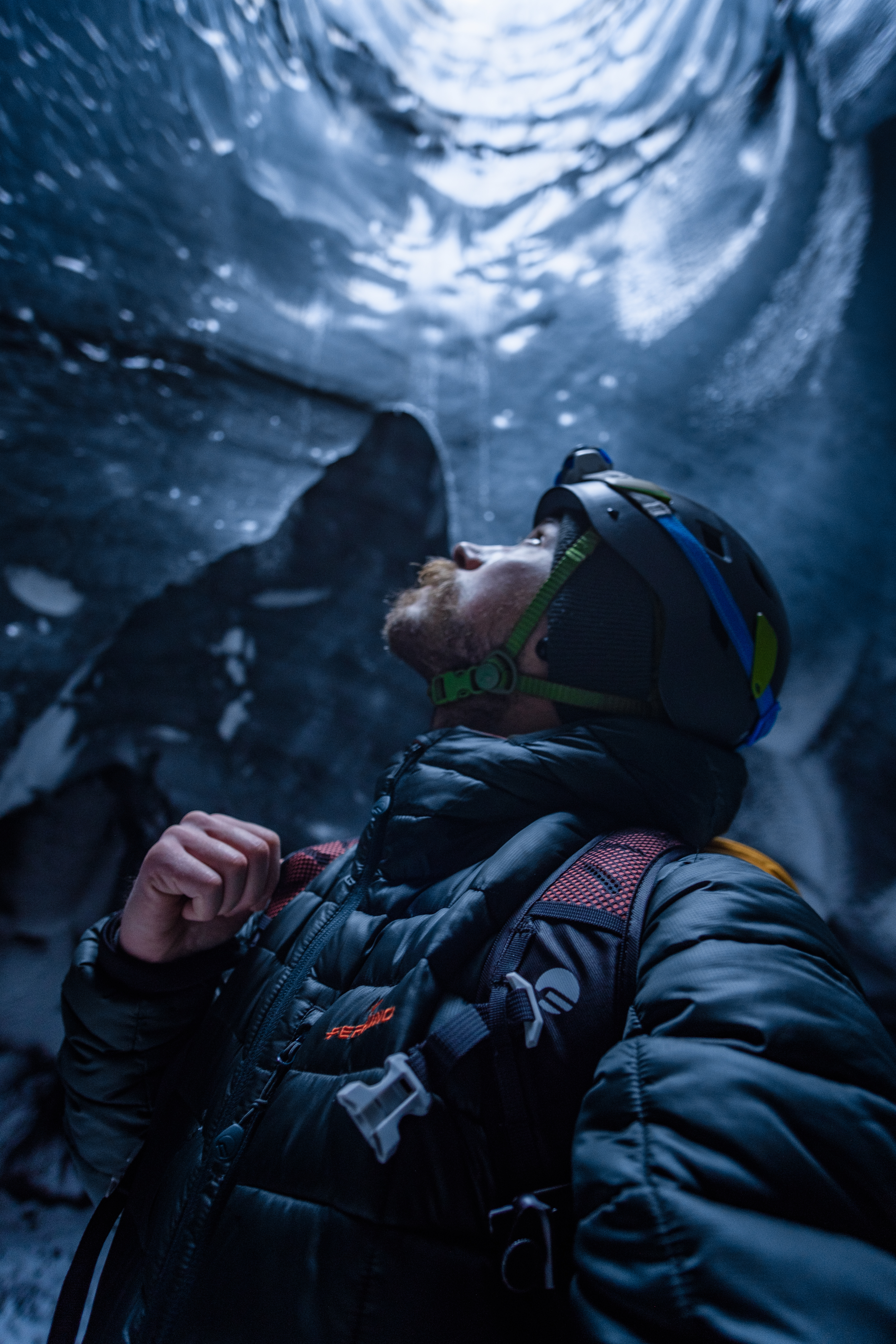
Hence the idea of becoming a glaciological guide?
"Yes, although at first I had some doubts, because I have always lived my passion for the outdoors as an autodidact, without masters or courses and without having any particular recognition or certification. However, when I contacted the owner of Arctic Adventures, the guide agency for which I now work, and told him about my experience, he was immediately positive: 'We need people like you here, people who want to learn and know how to hold on when the cold weather arrives...'. That same summer I was already in Iceland training as a basic level glaciological guide. Rope manoeuvres and techniques for recovering from the crevasse and securing the injured person are the basis of a glaciologist guide's training, especially in an environment as wild as the Icelandic glaciers, where it is often not possible to hope for quick support from outside. For me, learning the basics was quite easy, partly due to the experience I had already gained, and partly due to my natural curiosity about the technical aspects of using outdoor equipment. Even in my collaboration with Ferrino, in fact, I have never limited myself to promoting their products through photos and posts on my social networks, but I have always tried to make an active contribution, with the experience I have gained in the field, suggesting what I think could be modifications or improvements".
.jpg)
So, you were immediately at ease in your new job and your new environment...
"I would say so: in fact, within a month of qualifying, I was already accompanying clients on 'climbing' tours, those along the most challenging glacial routes. Today, three years later, I have the satisfaction of being the manager of my own group of guides".

What does the activity of glaciological guides consist of?
"The most obvious activity is to accompany clients on glacier tours, but there is a lot of work behind that. People come here from all over the world, with the most diverse levels of preparation and experience. There are groups of people who have never even walked on ice, and to facilitate their progression we often have to 'build' the routes, digging steps in steep places and filling holes in the most dangerous and exposed spots with ice. Then there are those who have a high level of skill, and for them we propose more challenging itineraries, where they have to climb with crampons and ice axes in frontal progression, or abseil down into the moulin, the incredible sinkholes where you descend right into the heart of the glacier... an unforgettable experience for anyone who tries it! Studying and preparing these routes is the most challenging part of my job, but also the most beautiful, because each time it is a discovery. The Icelandic glaciers are immense and different routes can be invented each time. This means always going exploring, experiencing the adventure and also the risks involved. To face the glacier along an untracked route you need to be 'solid', know very well what you are doing and have great experience and familiarity with the environment in order to be able to move with the right margins of safety. Then you also need imagination and creativity to imagine and prepare a route that can offer customers the most diverse and exciting situations, giving them a sense of immensity and wilderness. On my days off from work, I can then devote myself to the adventures I like best: multi-day expeditions with my tent, solo on glaciers. It is the thing that makes me feel most in my element; there alone in the middle of nowhere I really feel at home! In short, here every day I can experience that contact with the wilderness that I have always sought, and around me there are other guides who share the same passion. Yes, I am really happy with my choice!".
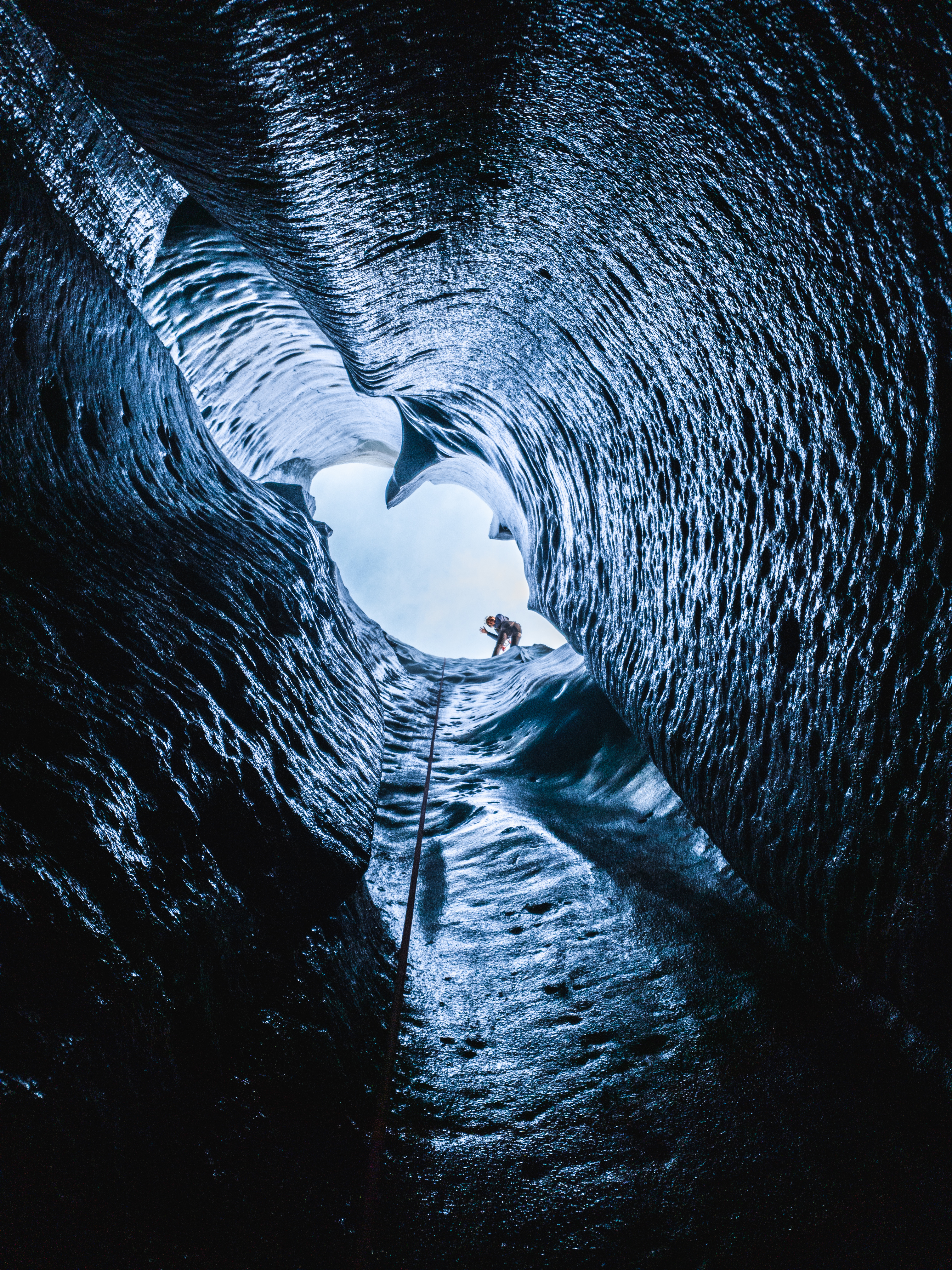
Iceland is the land of ice, but also of fire, probably the place in Europe with the highest concentration of active volcanoes. Do you ever have to deal with this element?
'I would say every day! Under almost every glacier in Iceland there is a magma chamber and its presence is felt. We work with clients on Sólheimajökull, a glacial tongue derived from the mother glacier Mýrdalsjökull, below which is the volcano Katla, which has a caldera of about ten square kilometres! Historically, its eruptions occur at intervals ranging from 13 to 80 years. This time it is a little late, as the last time it came into activity was in 1918, but experts believe that it may awaken soon and are monitoring it constantly. When we are on the glacier, its presence is often felt in small earthquake tremors or in the transformations of the surface, with seracs opening and closing from one day to the next. Sometimes when I am there with clients I say jokingly: "Guys, let's take a picture, this could be the last one!". Not far from where we operate is Eyjafjöll, the volcano that erupted in 2010, forming the famous cloud that blocked air traffic across half of Europe, and its ashes are still visible in the ice. One of the most exciting experiences, however, was when I climbed Sneffels, the volcano in the novel 'Journey to the Centre of the Earth', from whose crater the protagonists enter and then exit Stromboli. I went there with a friend in January, when there was no one around: a great environment and a fantastic view! Living here also means this: feeling the terrible, vital power of the Earth pulsating beneath your feet. Then there are also the more enjoyable aspects, such as the possibility, after a long day on the glacier, to indulge in a hot bath in a thermal pool.
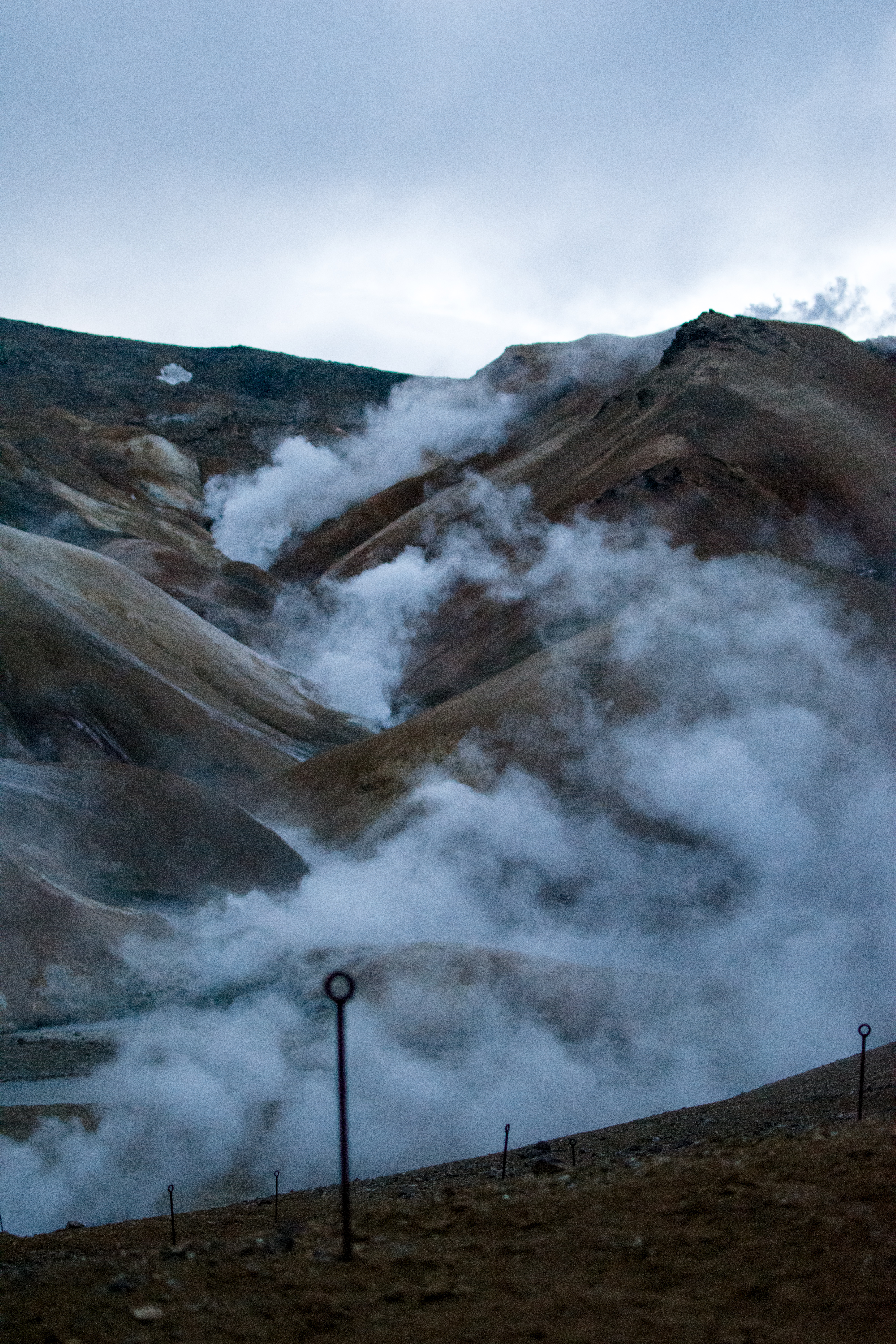
Let's end with an off-topic question... how do you get on in terms of 'socialising'?
"As I just said, I get along very well with the guys in my guide team and, since we all live together in our base of operations, I would say that good company is guaranteed. I'll be spending Christmas and New Year with them again this year and there's sure to be fun. These are occasions in which my Italian origins come into their own, especially in the culinary aspect: they all count on my passion for cooking and expect me to give them a taste of some Belpaese speciality... This year I have already included a good pasta with meat sauce in the Christmas menu! The relationship with the Icelanders, on the other hand, varies a lot between generations, a bit like it does in our part of the world. Young people are very open and friendly, they want to keep up with the world and are therefore curious to meet people from different places and cultures. Older people are a bit more reserved, but once you have learnt a few words of Icelandic, it is not so difficult to get to know them too.
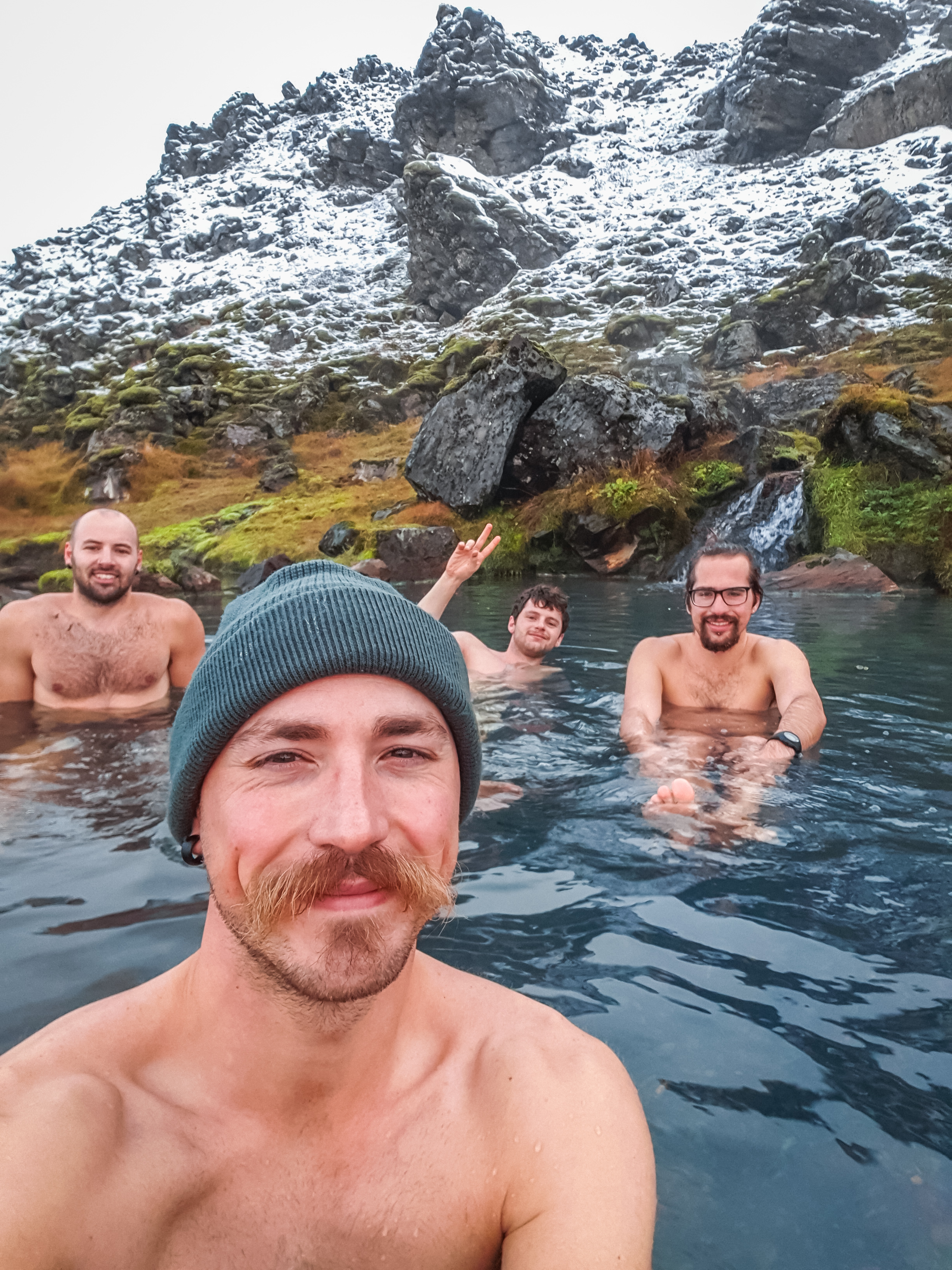
Could you sum up the meaning of your experience among the Icelandic glaciers in one sentence?
"To be in the ice every day is to observe the passing of time as in an hourglass. I see the melting of the glacier day after day, photograph after photograph. The glacier changes and I change. Here the exploration, outside and inside me, never ends and that is what makes me feel alive".
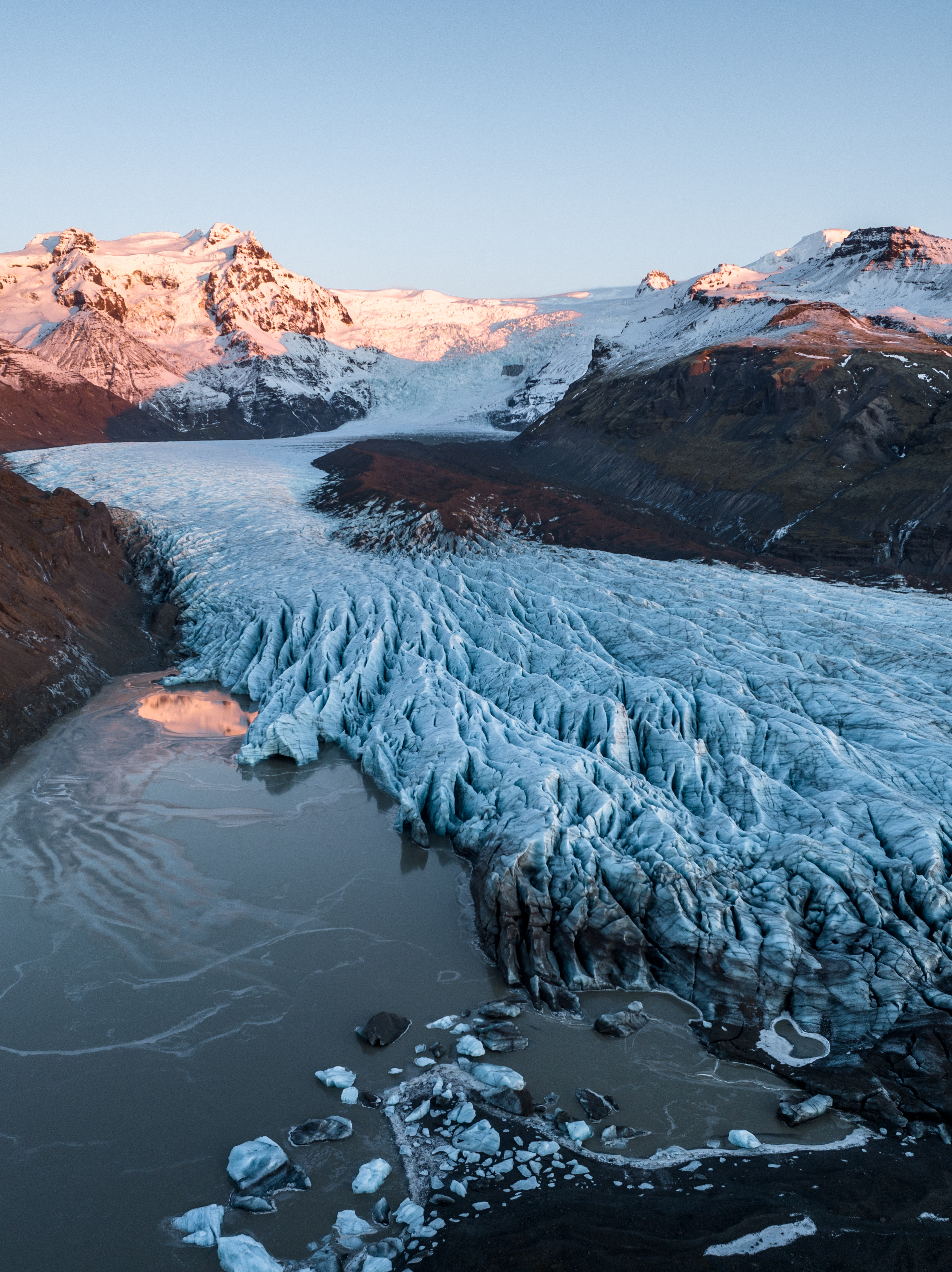
Share this article
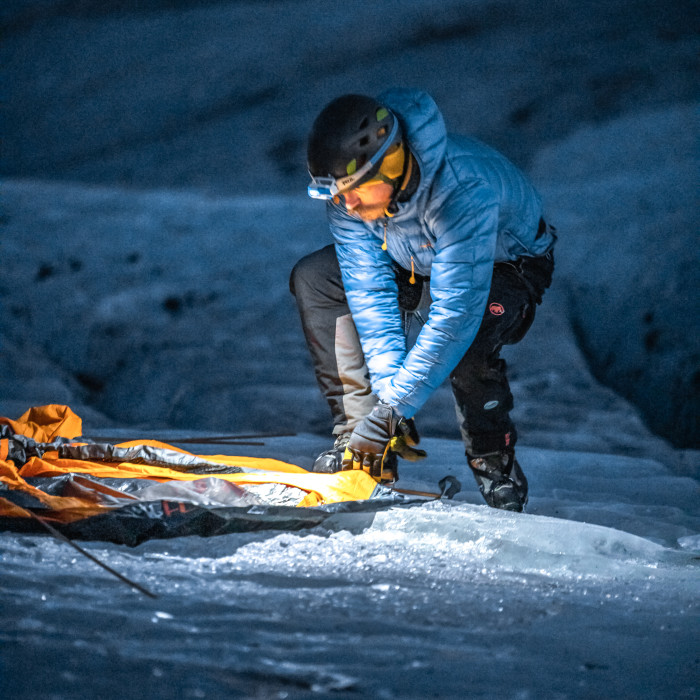
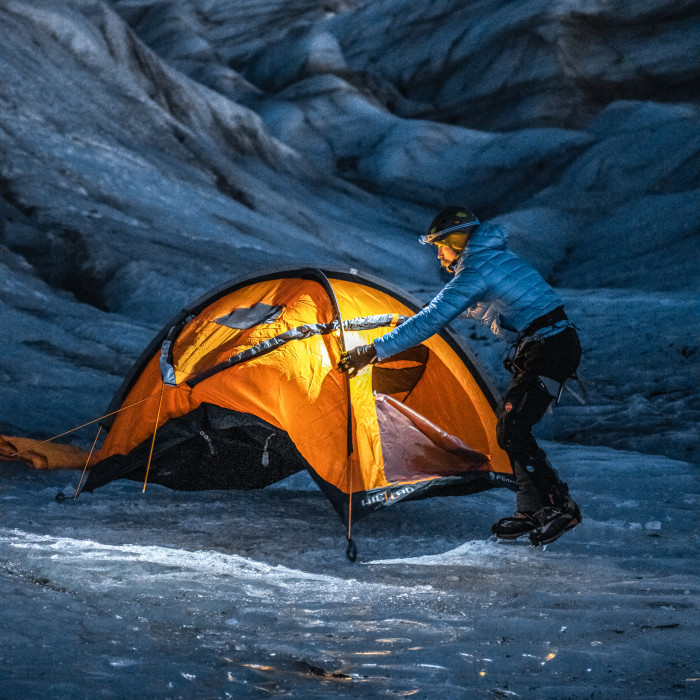
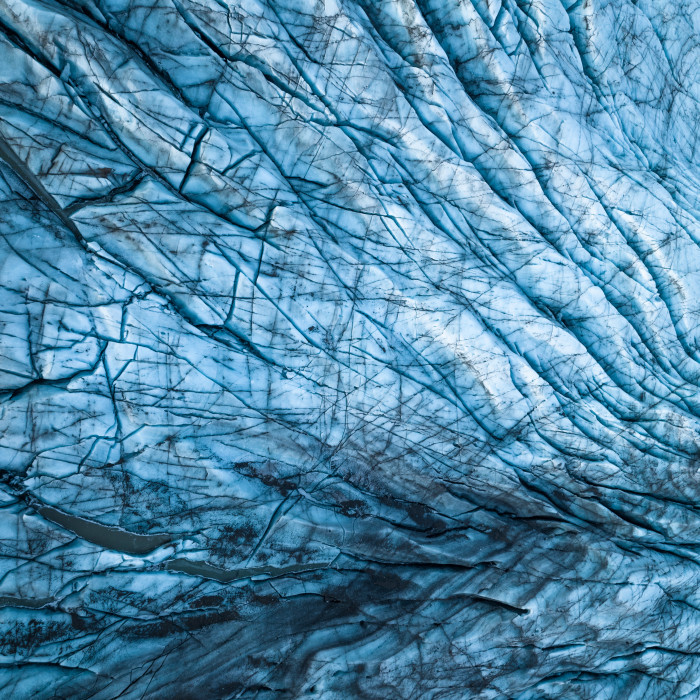
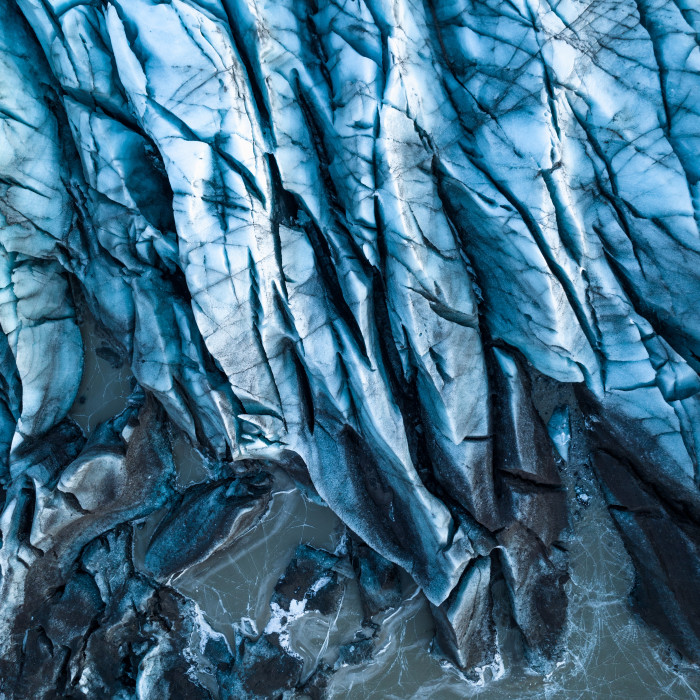
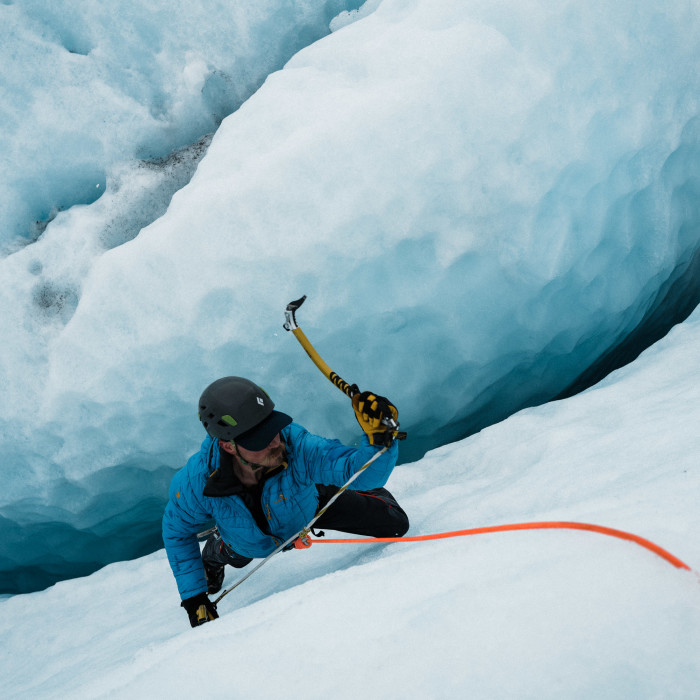
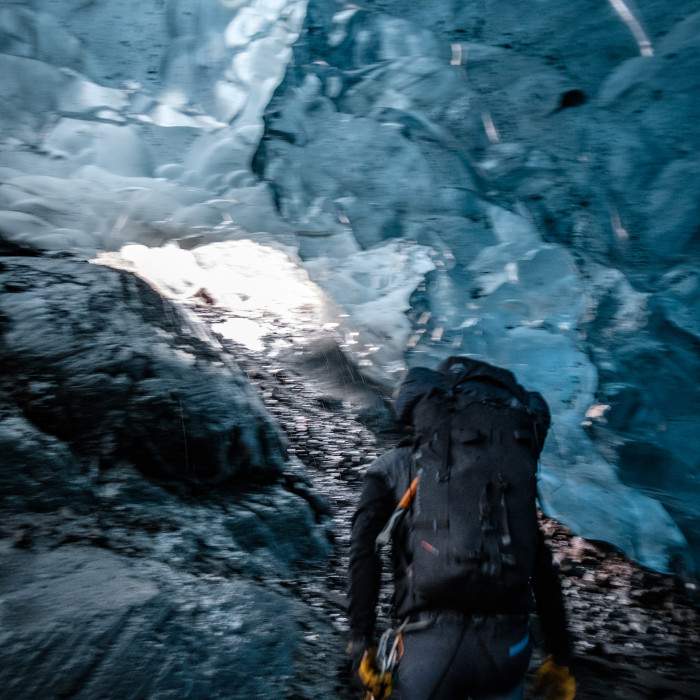
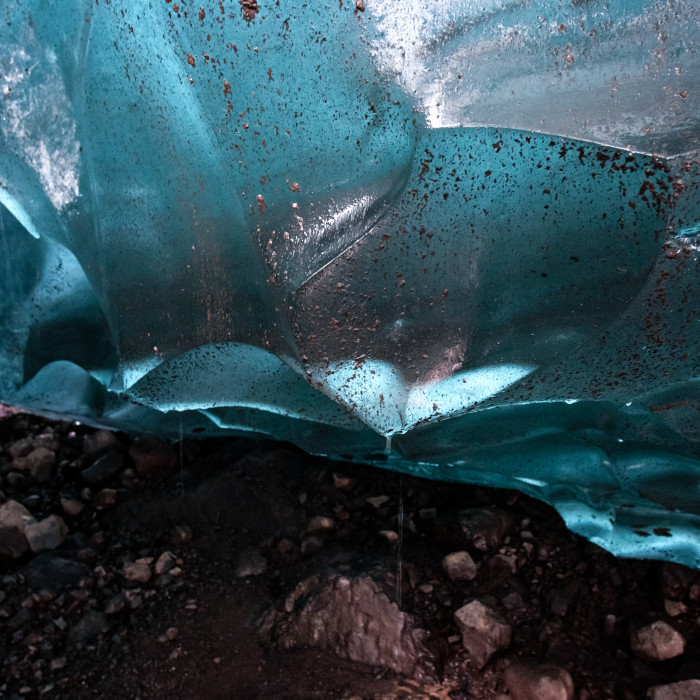
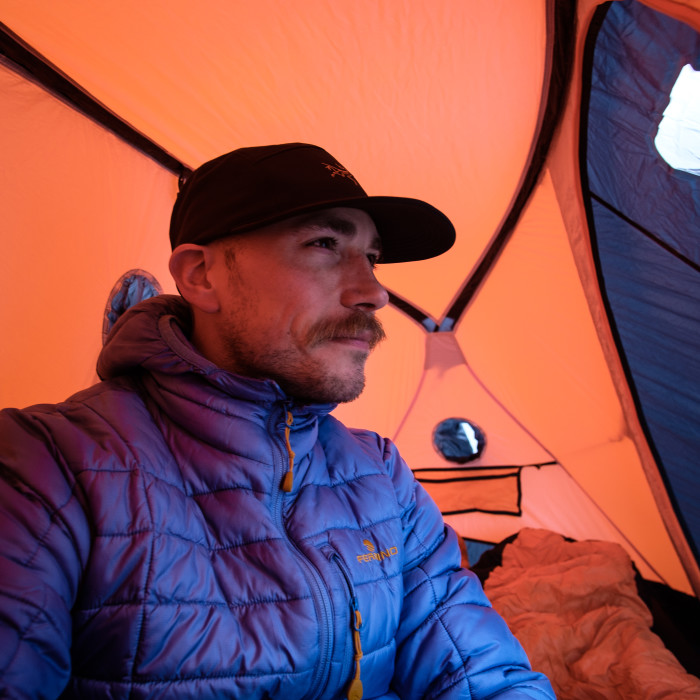
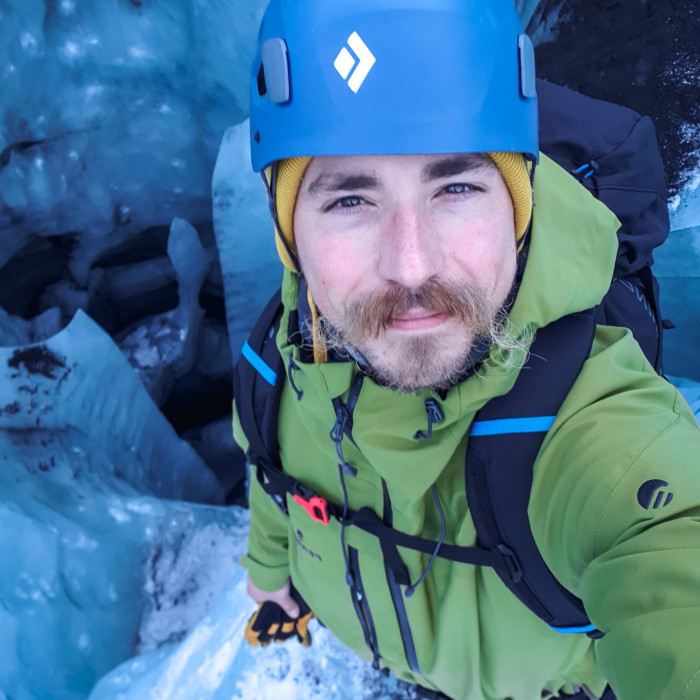
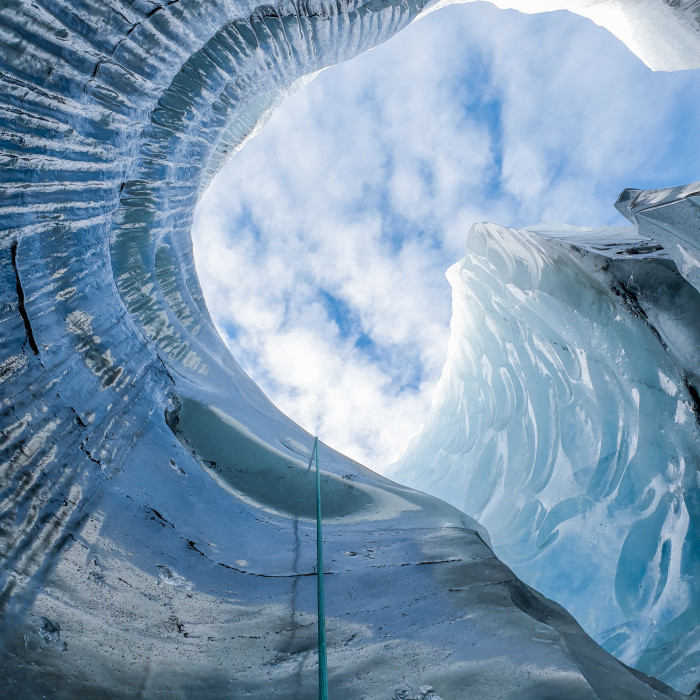
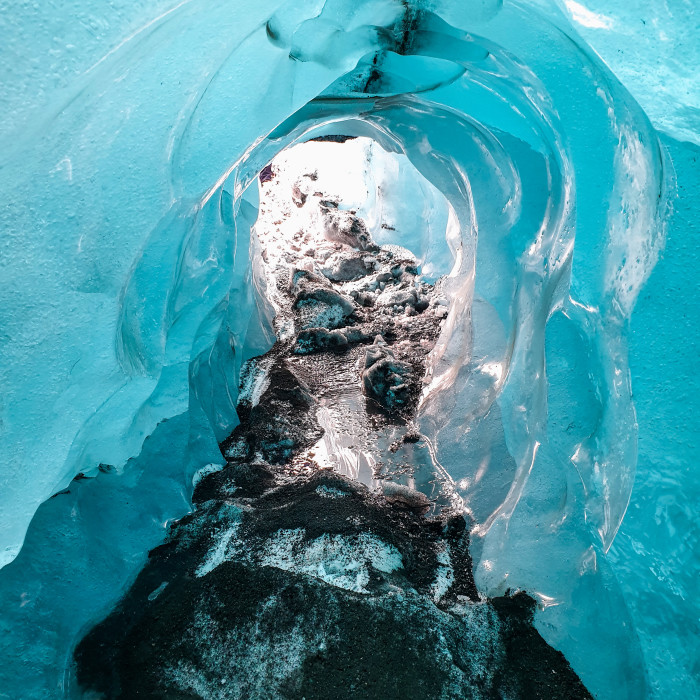
_6570b0f8f0715.jpg)
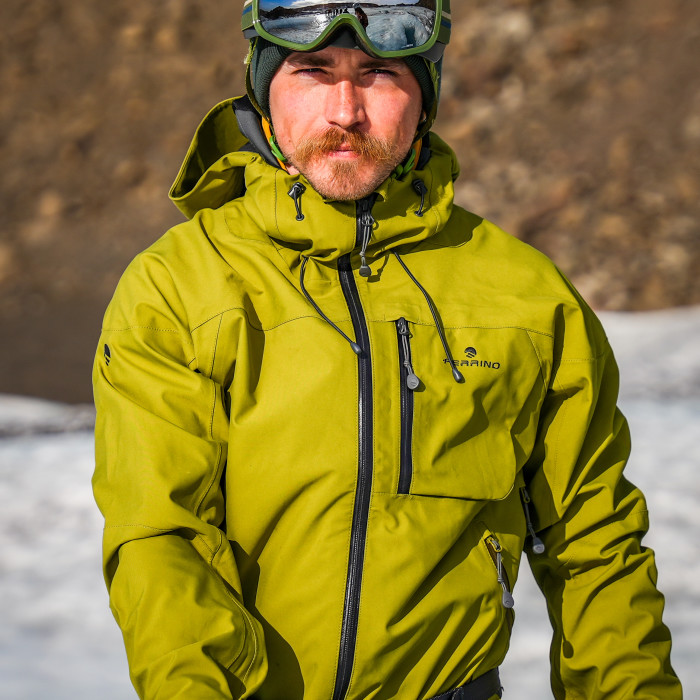
_6570b0fa1f7cf.jpg)